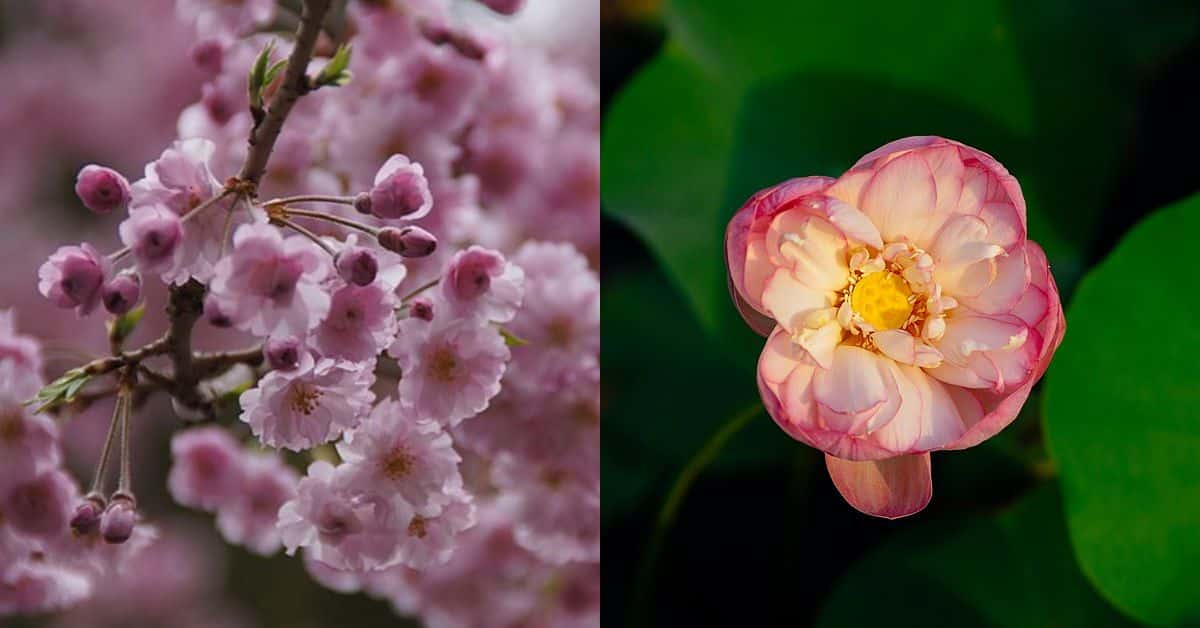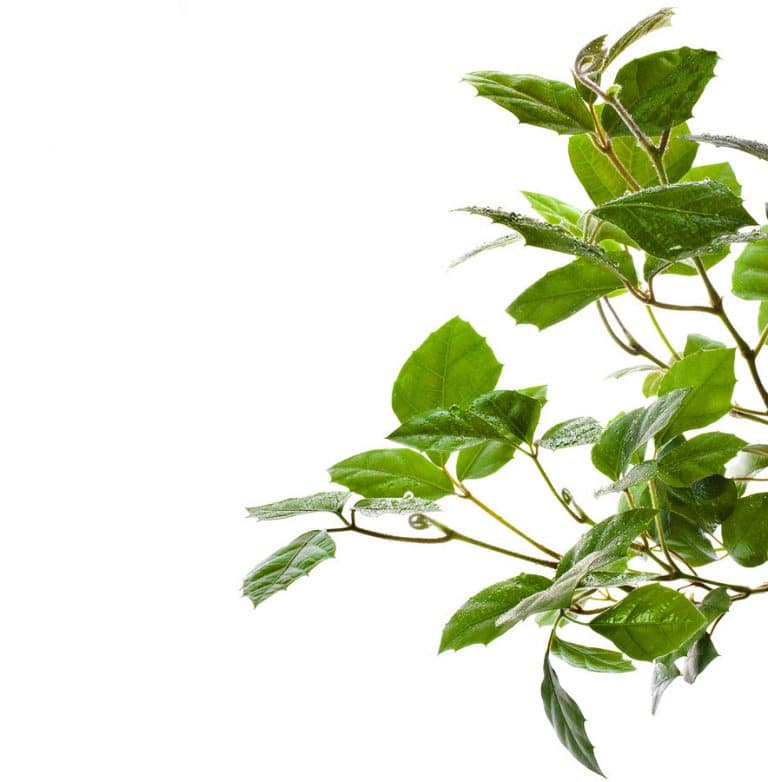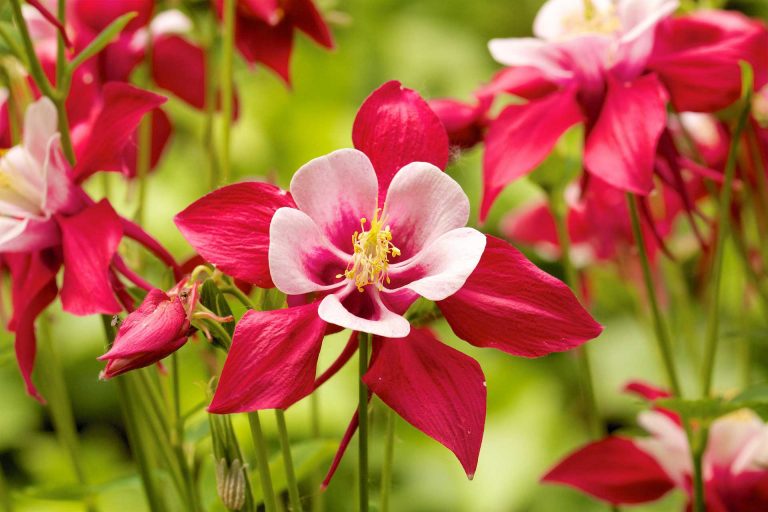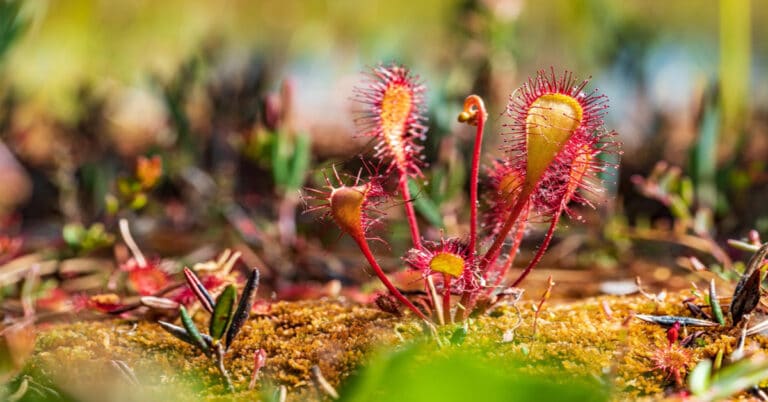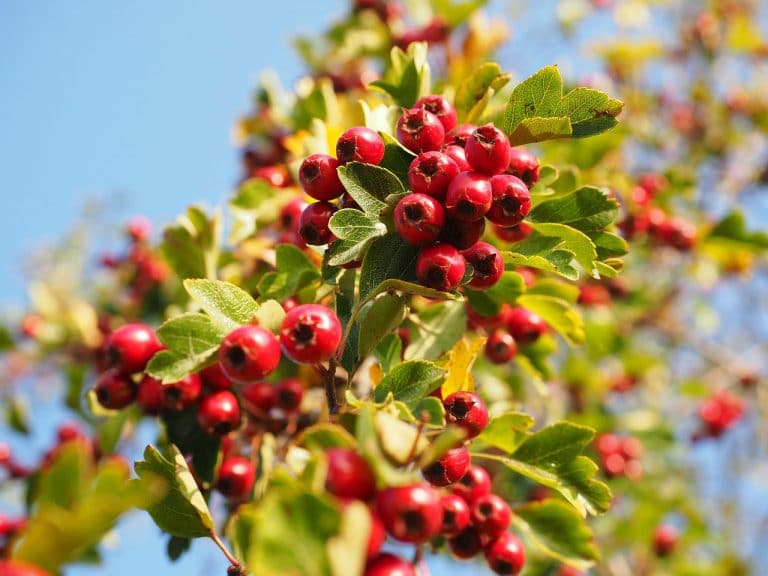5 National Flowers
Did you know that in some countries, flowers carry almost as much significance as their national flags and anthems? Even though most countries have their own unique national symbols, it seems like nature has its own way of expressing national values and identities. That’s why choosing a specific flower to represent a nation has become a common worldwide practice.
Today, we decided to focus on 5 of those countries that have their own national flowers and explore the hidden symbolic meaning of these plants.
1. Sakura (Japan)
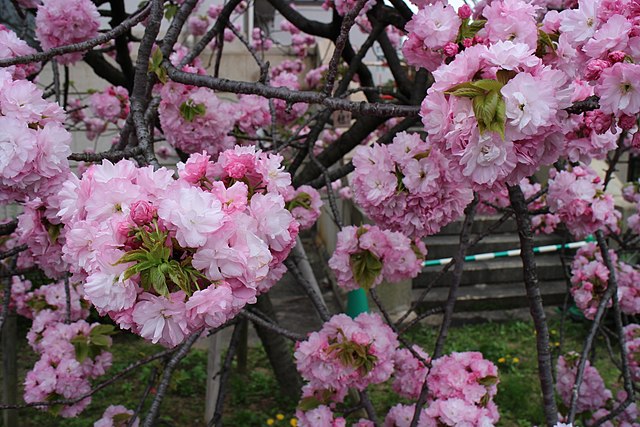
What’s the first thing that comes to mind when you think of a cherry blossom? Chances are that you imagine Japanese gardens, full of pink petals and peaceful everyday scenes that lead to a sense of renewal. The reason why this scene is related to Japan is directly related to the country’s national flower — Sakura.
Japanese Sakura, or cherry blossom, has many meanings for local people but among those meanings, the most significant one is fleeting. Therefore, it’s believed that this pink flower represents both life and death at the same time. Seeing Sakura blossom in Japan is a lifetime experience every nature lover should have. But luckily, if you’re not in Japan but still want to appreciate the beauty of cherry blossoms, you always have the chance of getting international flowers delivered to your country. That way, you can enjoy the beauty of Japanese Sakura right from the comfort of your home before you actually visit Japan.
2. Lotus (India)
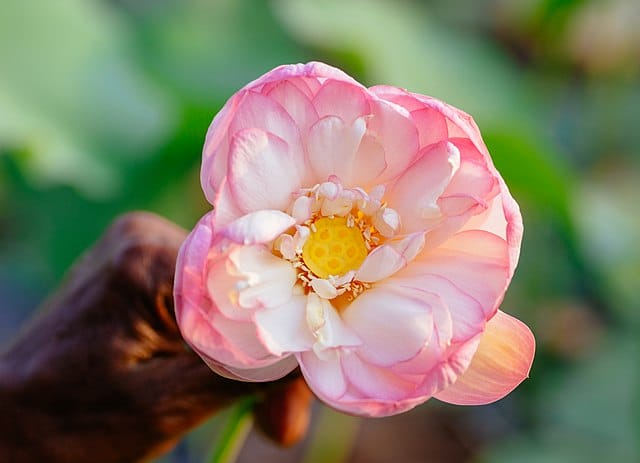
The lotus flower is a significant part of Indian culture. In fact, you can notice this flower featured in various forms of Indian art, architecture, and religious ceremonies. That’s because the symbolism of this flower perfectly aligns with the national values and faith of India. Specifically, the lotus is a symbol of purity, wealth, grace, fertility, and knowledge.
The most popular symbol that represents the lotus flower in India is Saraswathi — it’s a Hindu goddess of learning, music, and the arts, which is usually represented either standing or sitting on the lotus flower. It’s equally important to mention that the lotus is a part of the Hindu holy book, the Bhagavad Gita. In this scripture, the lotus is described as a sign of detachment.
3. Fleur-de-lis (France)

It’s hard to describe the symbols of French culture without touching the Fleur-de-lis — a national flower of France, which is directly translated as “flower of Lily.”. This flower is also called “iris” and it’s a representation of French loyalty. As a result, French people use Lily as a national emblem and you can find it appearing on the flags and coats of arms of numerous French cities.
Fleur-de-lis became the official symbol of France in the 12th century. Interestingly, before France, Iris represented the Roman Empire’s ruling class. According to floriography, the meaning of the lily flower is courage, resilience, hope, and faith.
4. Lavender (Portugal)
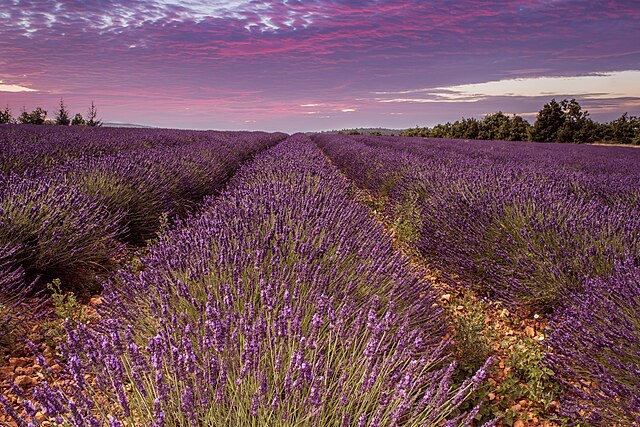
Lavender is a familiar plant for most nature lovers who enjoy using herbs for their healing benefits. But in Portugal, lavender isn’t only a flower that has a great scent and positively affects health. Instead, Portuguese people consider lavender a national flower. Therefore, it has a special place in the nation’s cultural identity.
In Portugal, people believe that lavender brings peace and tranquility to their lives. That’s why having lavender in the household is common in this country, either as a part of the decor or in essential oils for its soothing properties. Besides, this flower is also used during festivals, social gatherings, and public celebrations.
5. Rose (Slovakia)
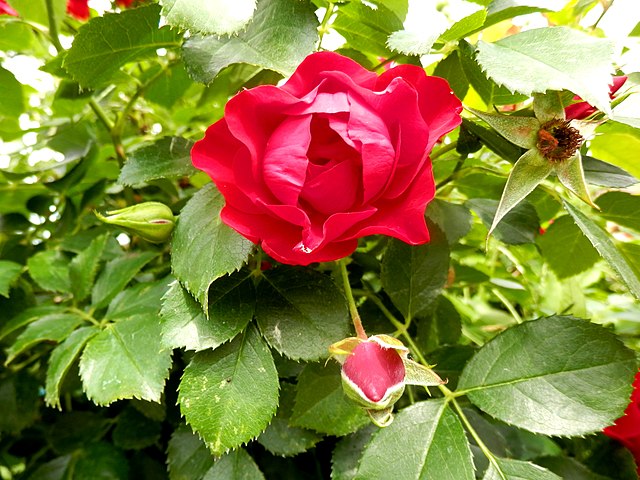
Of course, we couldn’t finish this list without mentioning the rose — the king of the flowers which is also Slovakia’s national flower. This symbol of love and beauty has a special place in Slovak culture. Believe it or not, this flower first appeared in the country around 35 million years ago. Throughout the centuries, the rose has become a metaphor for resilience in Slovak folklore.
Considering this, it’s not surprising that Slovak people celebrate the blossoming of roses with festivals. In particular, the rose festival is usually held in Kazanlak on the last Saturday of May.
Final Thoughts
After exploring the national flowers of 5 countries, you probably understand that flowers can reveal a lot about a nation’s cultural heritage, values, and history. However, these flowers are just a few of many that serve as emblems across the globe. This means that there’s still a lot to explore when it comes to appreciating how nature embodies the cultural spirit.

